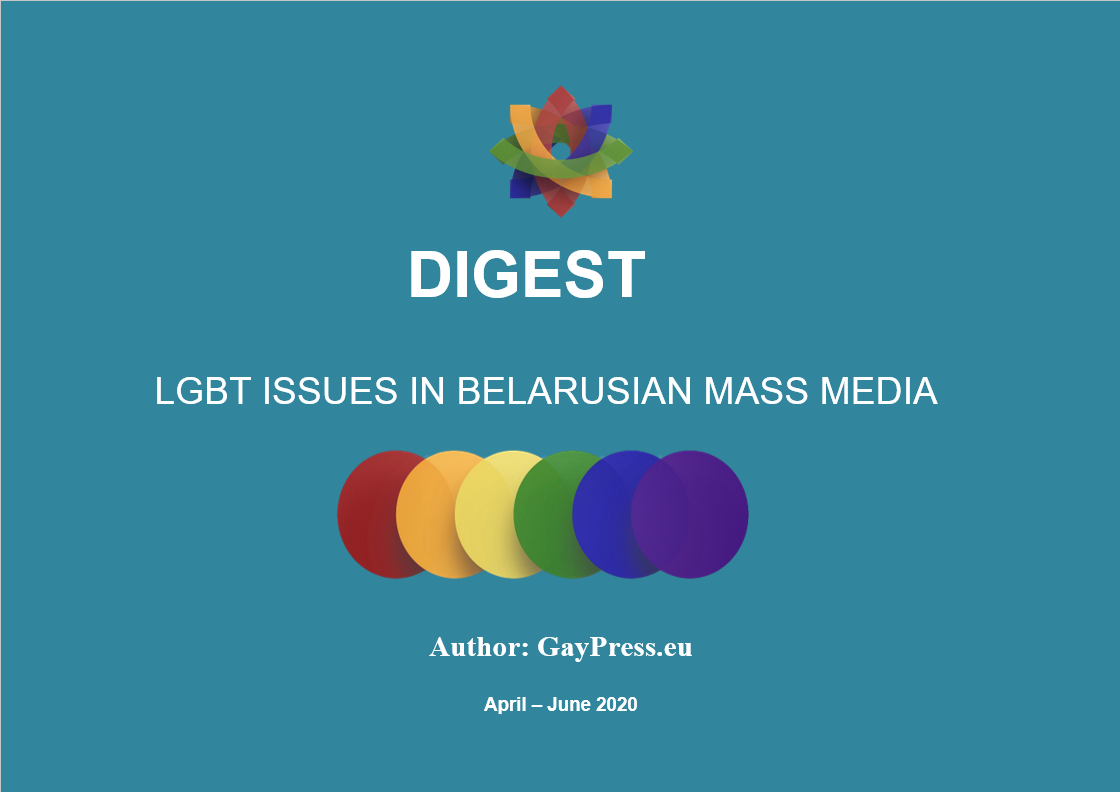
Stereotypes about LGBT people in Belarusian media
As part of #Stopstereotypes campaign the human rights initiative «Journalists for Tolerance» prepared a brochure «Stereotypes about LGBT people in Belarusian media».
The authors analysed hundreds of materials about LGBT people and highlighted the main stereotypes that are prevalent in the media.
All people tend to create classifications of other people and events in order to get a clear structure of their environment. Categorisations can be made according to various criteria, such as gender, race, nationality, sexual orientation, social status, etc. Such conventional and simplified view of other people is the cause of stereotyping. When someone comes into contact on the basis of stereotypes, he or she assumes in advance what can be expected from people belonging to a particular group. The reason for the pervasive nature of stereotypes is that people have a psychological need to categorise and classify social objects. The real world is too big, complex and changing to be perceived directly. People are overloaded with information, constantly confronted with subtleties, differences, contingencies and other complex combinations of their environment. To somehow cope with this, people reconstruct the world into a simpler model, which leads to the creation of stereotypes.
However, stereotypes have significant disadvantages. Firstly, the individual characteristics of people who belong to a group are lost behind stereotypes, because stereotyping assumes that all members of a group have the same traits. Second, stereotypes repeat and reinforce certain convictions and beliefs until people begin to accept them as truth. Third, stereotypes are based on half-truths and distortions. That is, by having real characteristics of the stereotyped group, stereotypes distort reality and give inaccurate representations of the people with whom we interact.
In this brochure, we have collected both stereotypical and exemplary publications about LGBT people and supplemented them with our recommendations.





